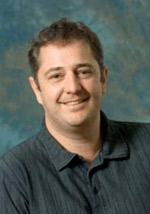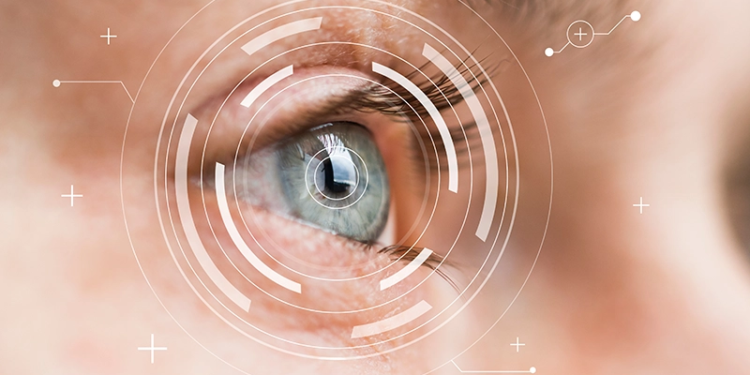
Øyvind Stavdahl, PhD
Associate professor Øyvind Stavdahl, PhD, and doctoral candidate Anders Fougner at the Norwegian University of Science and Technology’s (NTNU) Department of Engineering Cybernetics, Trondheim, Norway, are working to improve the functioning of myoelectrically controlled prostheses with the aid of accelerometer technology.
Accelerometers measure changes in gravity and velocity, and are used in devices such as smartphones to orient a screen from portrait to landscape format, for example.
At NTNU, the accelerometer has been shown to help the user orient his or her prosthetic arm as it moves through space, which is particularly helpful when the user is attempting an unfamiliar task.
“A simple task, like picking up a cup of tea, might prove difficult if you try to do this when the [prosthesis] is in an awkward position, that is, a position that you haven’t practiced with before,” Stavdahl said. “The muscles will start sending unfamiliar signals to the prosthesis. This will often lead to the prosthesis doing the opposite of what the user intended, and the cup will fall to the ground. An accelerometer helps to compensate for these unfamiliar signals, reducing the user’s frustration.”
Without training, the user’s prosthesis will make the wrong move around 30 percent of the time, Stavdahl and Fougner’s research has shown. With the addition of an accelerometer and proper training, their research indicates that this number falls to five percent.




